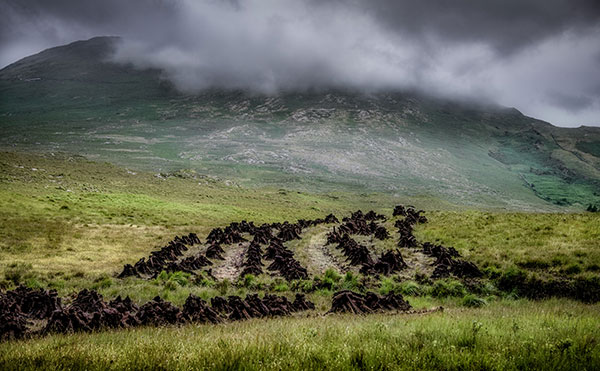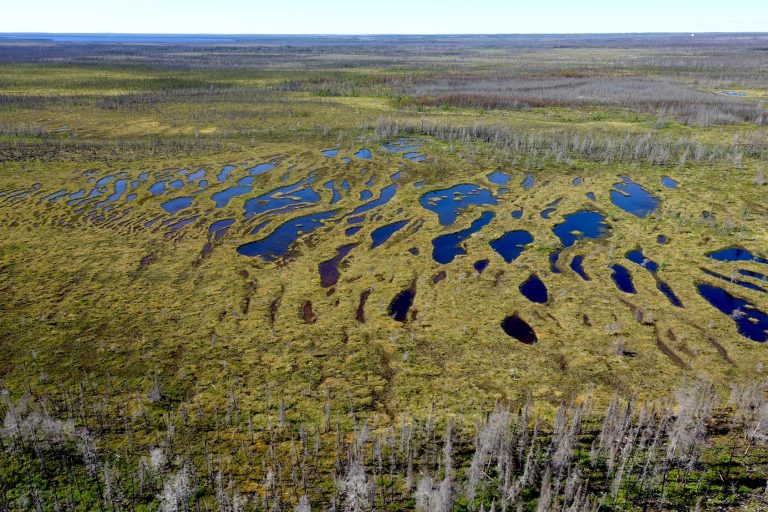The Peatland Carbon Code is a voluntary certification standard for UK peatland restoration and management projects to validate their claimed greenhouse gas mitigation.
Peatlands are areas of high importance wetland, characterised by the accumulation of peat (partially decomposed organic material) which is vital because of its ability to store high quantities of peatland carbon. In the UK, peat bogs are most commonly found in upland areas and constitute 13% of the world’s priority peatland habitats.




